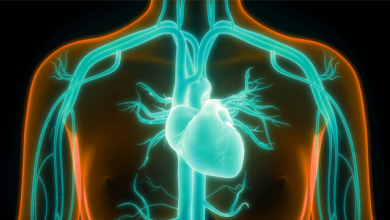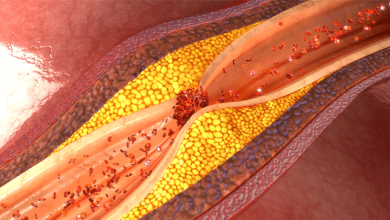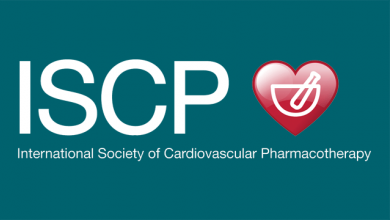Search results
Foreword
Author(s):
Željko Reiner
Added:
3 years ago
Article
Author(s):
Maurice Beghetti
Added:
3 years ago
Congenital heart diseases (CHDs) are among the most common congenital malformations at birth, with an incidence of 8/1,000 live births. These defects are characterised by a heterogeneous group of abnormal communications and connections between the cardiac chambers and vessels with different haemodynamic consequences and, hence, varying need for follow-up and interventions. The most common forms…
View more
Author(s):
Irene Martín de Miguel
,
Pablo Ávila
Added:
3 years ago
Added:
2 months ago
Source:
Radcliffe Cardiology, Greg Guillory
In a study published in the Journal of the American College of Cardiology (JACC), Dr Elias Björnson and his colleagues demonstrated that lipoprotein(a) (Lp(a)) is approximately six times more atherogenic than low-density lipoprotein (LDL) per particle.Lp(a) is a lipoprotein particle that has long been recognised as a causal factor for coronary heart disease (CHD). However, until recently, its…
View more
Author(s):
Birna Bjarnason-Wehrens
,
Sandra Schmitz
,
Sigrid Dordel
Added:
3 years ago
Congenital malformations of the heart and vessels occur in five to nine per 1,000 live births.1,2 Some of these malformations (10–15%) do not require correction. Between 70 and 80% of defects can be corrected, and an increasing number of therapeutic procedures can be performed by interventional catheterisation techniques, avoiding the need for open heart surgery.1 Definitive therapeutic…
View more
Author(s):
Alberto Corsini
Added:
3 years ago
Premise
Evidence spanning from the pathogenesis of atherosclerosis to epidemiological studies consistently support the direct association of elevated plasma low-density lipoprotein-cholesterol (LDL-C) with the increased risk of cardiovascular disease (CVD). Meta-analysis of 14 trials of statin therapy, with more than 90,000 participants, has shown that each 1mmol/l (39mg/dl) of LDL-C reduction…
View more
Author(s):
Hans-Willi Breuer
Added:
3 years ago
Epidemiology has repeatedly shown that elevated levels of cholesterol play a key role in the development of atherosclerotic disease. In particular, low density lipoprotein (LDL) cholesterol has been strongly associated with coronary heart disease (CHD) risk.1-5 Lowering LDL cholesterol reduces the incidence of atherosclerotic disease, irrespective of how the reduction is achieved. The efficacy of…
View more
Author(s):
J Uzokov
,
A Alyavi
,
B Alyavi
,
et al
Added:
3 years ago
Background and aims: The aim of the study was to investigate the influence of combined lipid lowering therapy with rosuvastatin and ezetimibe on lipid profile, inflammatory state and pro-inflammatory cytokines in dyslipidaemic patients with coronary heart disease (CHD) and metabolic syndrome (MS).
Material and methods: 128 patients with CHD and MS were randomly divided into two groups of 64. The…
View more
Author(s):
Hans-Willi Breuer
Added:
3 years ago
Abstract
Studies have consistently shown that coronary heart disease (CHD) risk is correlated closely with low density lipoprotein (LDL) cholesterol levels. The lower the LDL cholesterol, the lower the cardiovascular (CV) risk; however, there is a question over how much LDL cholesterol lowering is low enough and what supporting evidence there is for this. This article reviews recent evidence in…
View more
Author(s):
Mario Petretta
,
Carmela Nappi
,
Alberto Cuocolo
Added:
3 years ago
The application of nuclear medicine techniques to cardiology is based on the identification of the functional consequences of coronary stenoses, i.e. of myocardial ischaemia. In nuclear cardiology, the evaluation of myocardial perfusion with single-photon-emission computed tomography (SPECT) is the most commonly performed procedure. The SPECT study is currently performed with electrocardiogram …
View more













